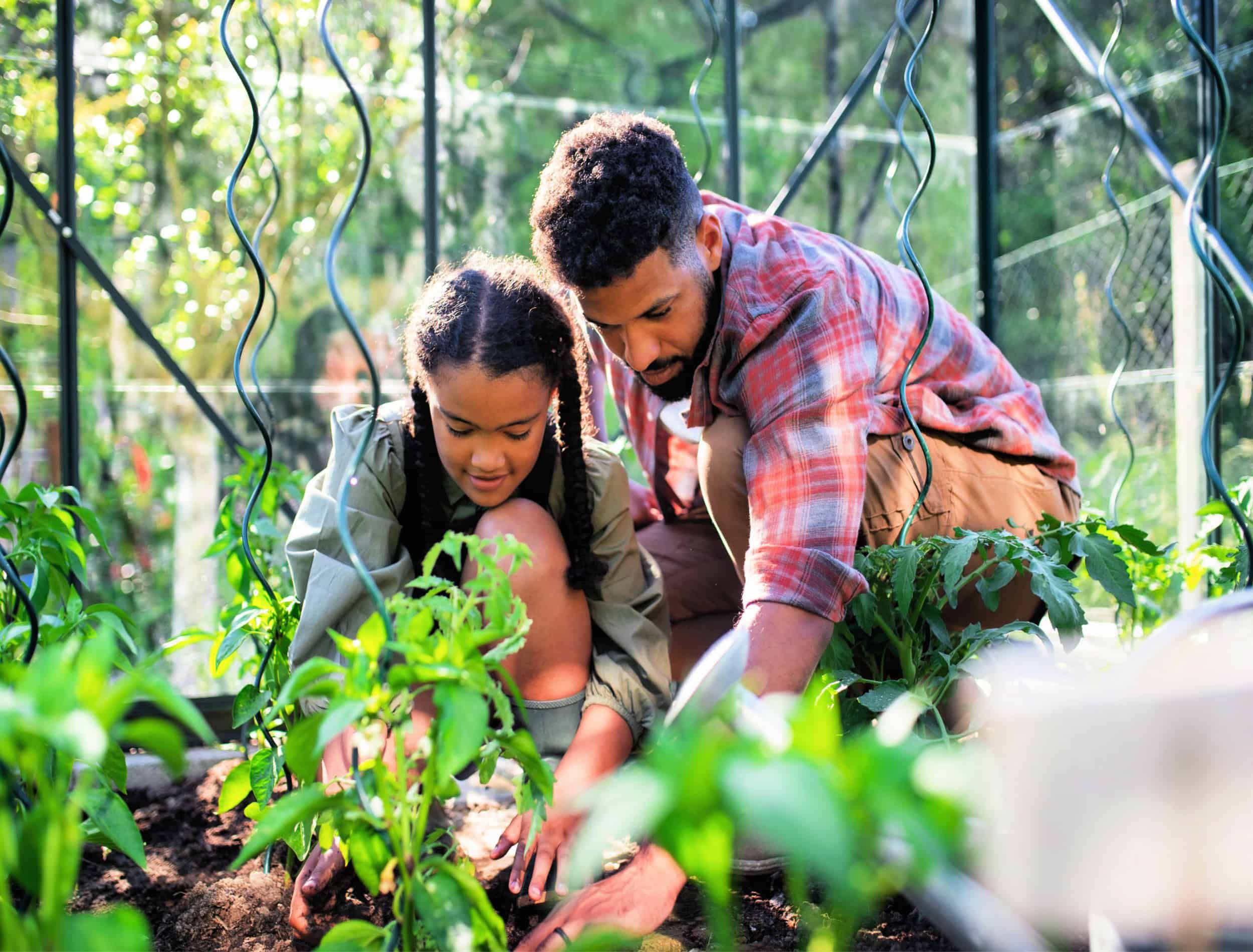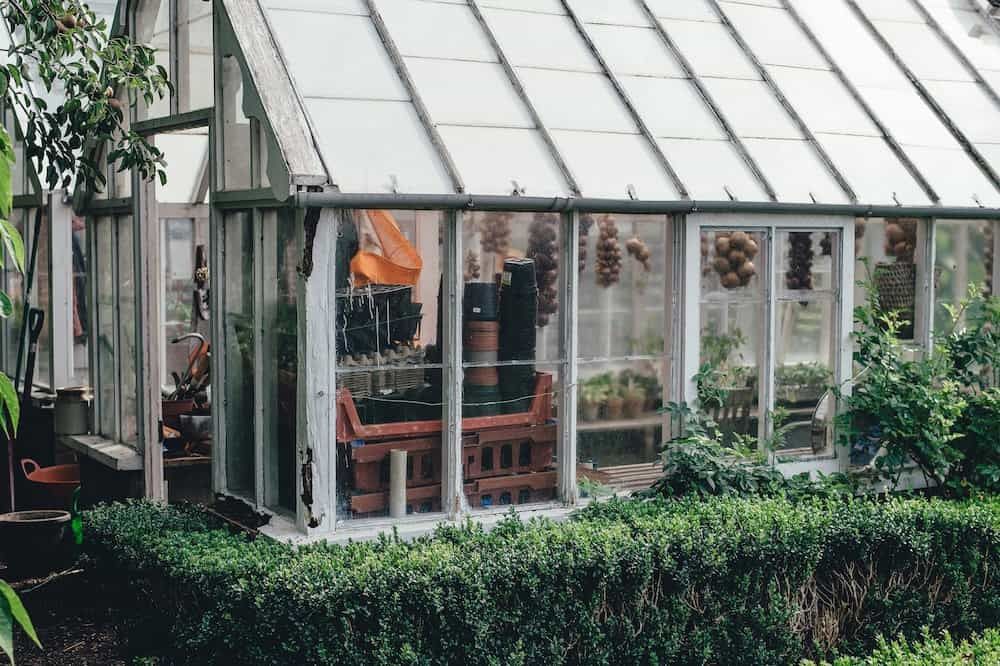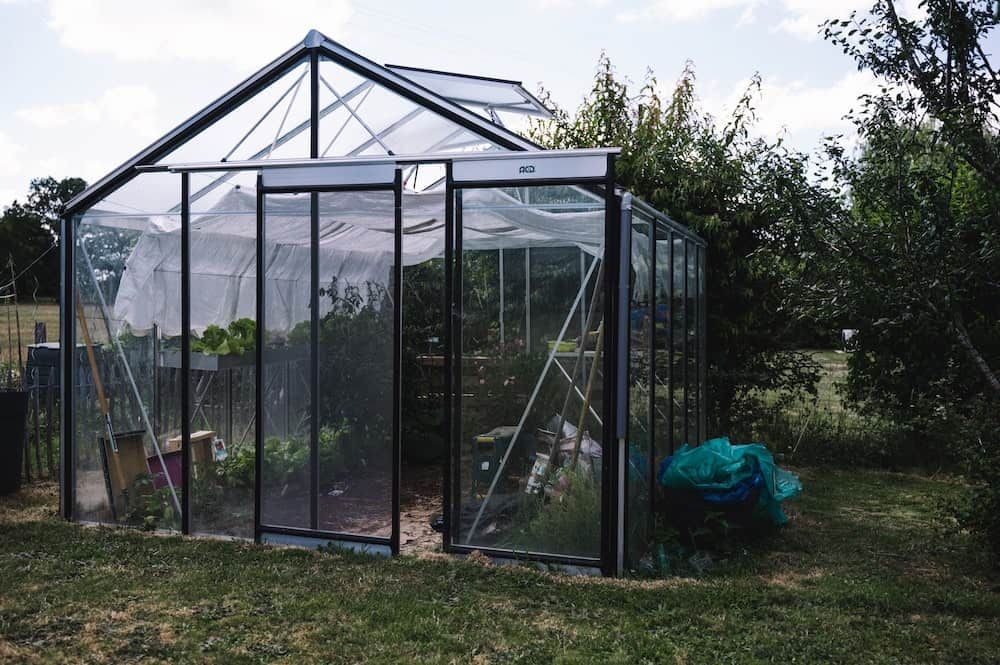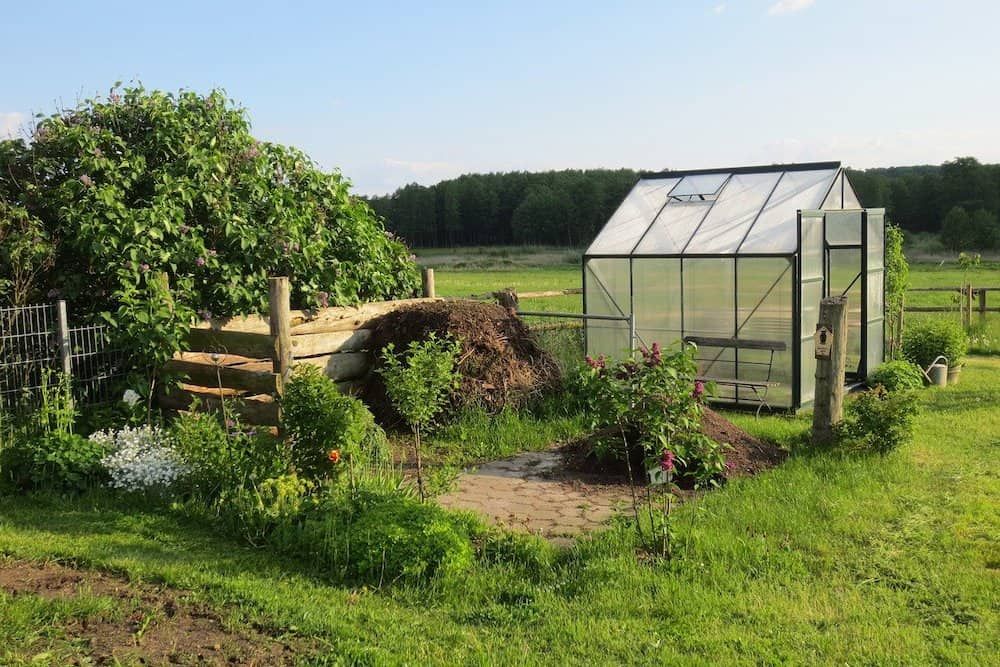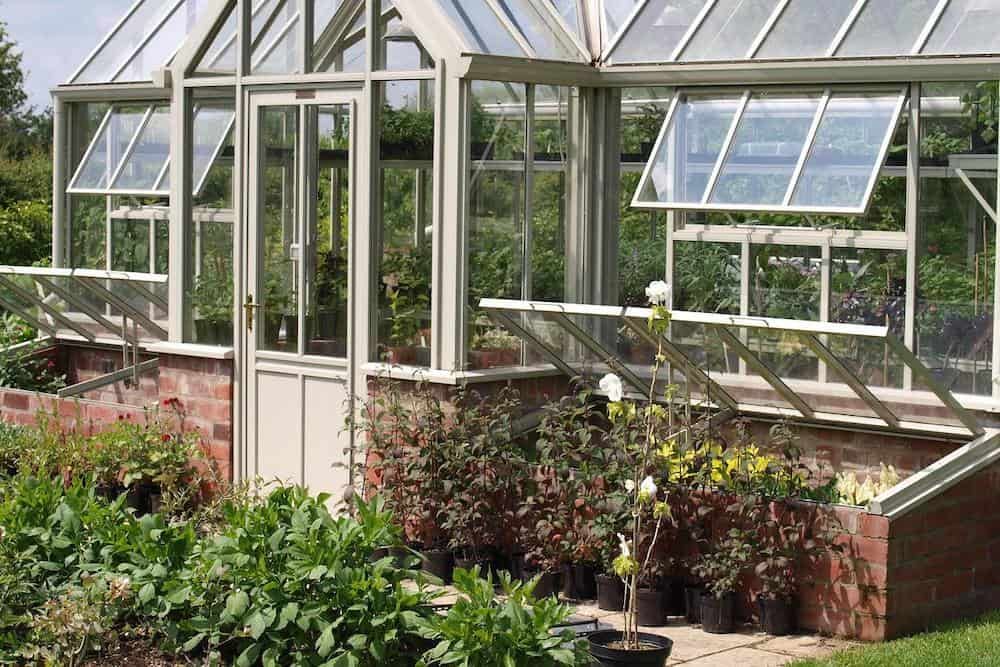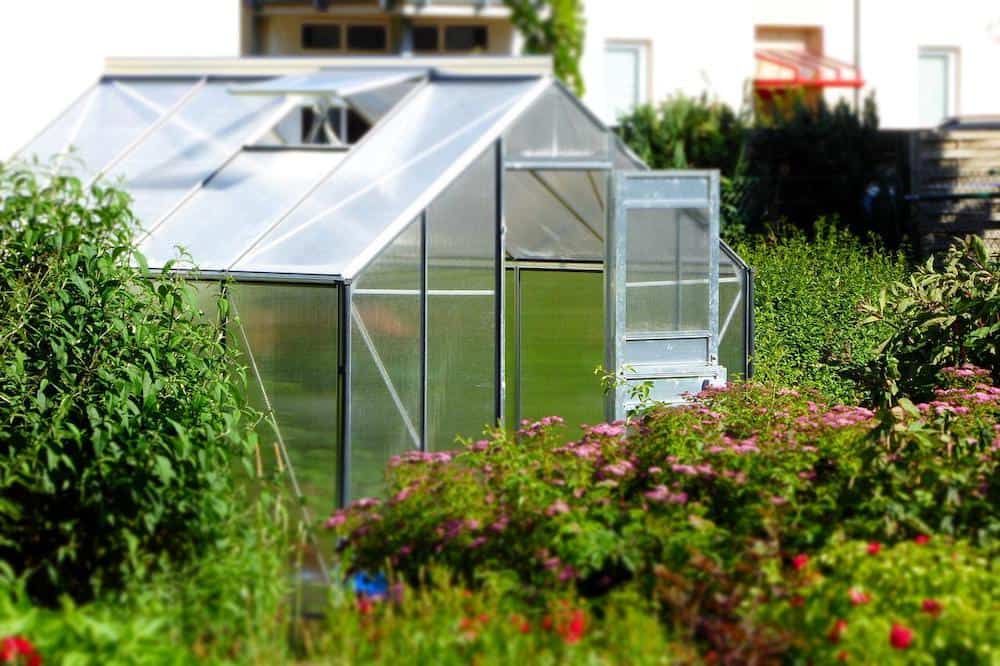Recently, the concept of self-reliance and growing your food has become quite popular. People have become more aware of its environmental and financial benefits. However, what can you do if your region's temperatures and weather are not constant, or if you'd like to grow plants off-season?
There's a straightforward answer: greenhouses. They come in many shapes and sizes and bring many benefits to the table. While it may seem pretty easy to put together a greenhouse and grow plants inside, there are some common mistakes to avoid to ensure your endeavor is successful. Below, you will find out how to use greenhouses and what to think about during the process.
Why Use a Greenhouse?
Image credits: Annie Spratt via Unsplash
A greenhouse isn't the same as a cold frame or a hoop house, but they can help your plants grow, although they all have pros and cons. These are the main benefits of greenhouses:
- They extend the growing season
- Protect your crops from the weather and pests,
- Allow you to grow exotic and tropical plants all year round.
Greenhouse Options and Things to Consider Before Choosing
Of course, there's more than one way to outfit your garden or plot of land with a greenhouse. The easiest way is to buy the best greenhouse kit, which come in various shapes and sizes. Before picking the best greenhouse kit, know where to place it so you can select the right size for your plants.
If you are a DIY fanatic, there are plenty of cheap DIY greenhouse options for your garden. Here are a few things to consider before choosing the type of greenhouse you want to buy or build:
1. Size of Plot and Greenhouse
Image credits: Bastien Plu via Unsplash
What's the perfect size for a glasshouse? Most gardeners say bigger is better. After all, you'll always find a way to fill it, right? If your greenhouse is too small, you'll be limited to growing selectively. So, before making the purchase, you must weigh your options, think about how much you're genuinely planting on growing, and from there, figure out the size you want your greenhouse to be.
2. Ventilation and Heating
Image credits: Nippelsn via Pixabay
The ideal temperature and relative humidity for your greenhouse depend on the plants you wish to grow. All plants have preferred temperatures and humidity levels for optimal growth.
You may need to use gas or electric heaters or solar panels to heat and maintain constant temperatures so your plants thrive. If you live in a hotter region, you'll need to monitor your greenhouse's temperatures even more closely. The sun's rays can quickly increase the inside temperatures to over 100 degrees Fahrenheit, endangering your plants.
To avoid this, grab some greenhouse supplies -- specifically a manual or automatic ventilation system -- to neutralize temperatures and humidity. Automatic ventilation systems are easy to set up, and manual ones require you to open the shafts during the day and close them at night.
3. Humidity
Image credits: artyangel via Pixabay
Depending on the temperatures outside, the desired humidity levels will vary. For example, plants growing in warmer climates can tolerate higher relative humidity levels. The chart below will give you an idea of the desired humidity levels according to the temperature.
|
Temperatures in Fahrenheit |
Humidity Levels |
|
50 Degrees |
83% |
|
61 Degrees |
89% |
|
68 Degrees |
91% |
|
86 Degrees |
95% |
Chart credits: University of Massachusetts Amherst
If you're struggling with maintaining the desired humidity level, you can get a humidifier for your plants. If that's not an option, consider planting in pots and adding pebbles on the tray under the pot. Fill the trays with water and let it evaporate. Or, you can add marble chips to the floor of your greenhouse.
How to Use a Greenhouse: Step-by-Step
Image credits: EME via Pixabay
Step 1: Choose the Type of Greenhouse
Choose the style and size of your greenhouse depending on the available space and the aesthetic you are going for in your backyard. Measure everything beforehand to avoid frustration after your greenhouse arrives!
Step 2: Choose the Greenhouse Location
The ideal location for your greenhouse should receive at least six hours of sunlight daily. If this isn't always possible, you can install grow lights to help your plants.
Step 3: Ensure There's Proper Circulation
Plants also need oxygen to thrive. For optimum growth, ensure that your greenhouse has adequate air circulation. You can install horizontal airflow fans to help maintain the air circulation in your greenhouse. Place the first fan about 10 to 15 feet from the wall so it can "vacuum" air from the corners and circulate it around. Install subsequent fans at least 40 to 50 feet apart for optimum air circulation. For a smaller greenhouse, work out the numbers accordingly.
Step 4: Pest Infestation Prevention
Unfortunately, pests and diseases may find a way into your greenhouse regardless of how prepared you are. There are organic ways to control garden pests, but installing insect screening on each greenhouse's opening helps prevent them from entering in the first place.
That's it! All that's left is for you to start growing your favorite vegetable, fruits, and herbs. Some of the best vegetables to grow in the greenhouse include peppers, tomatoes, and lettuce. You can even use your greenhouse in winter to grow delicious foods since you'll be able to control the temperature for ideal plant growth.
In Summary
Hopefully, this article was helpful to you. Greenhouses are worth the labor it takes to set them up. To ensure smooth sailing, consider the size of your greenhouse and its location, deal with air circulation, and prevent pests. Then, you're ready to grow!
Share your experiences and questions about greenhouses in the comment section below. Also, if you found this article helpful and liked it, don't forget to pass it along to your friends!
Happy Gardening!

